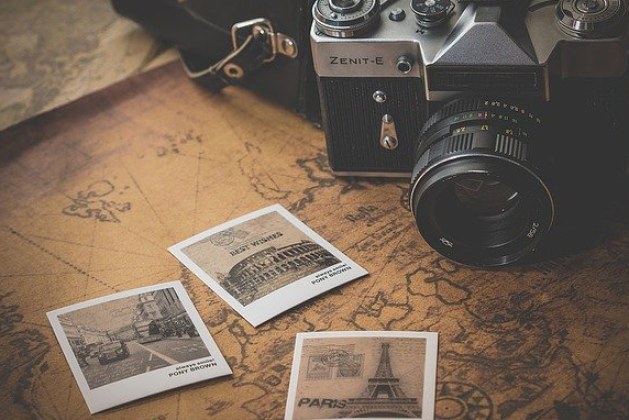Film scanning is the process of converting physical photographic film, such as negatives or slides, into digital files. This technique is essential for photographers and archivists who wish to preserve, edit, and share their analog images in the digital world.
The process begins with using specialized scanners, which capture the fine details and tonal nuances of the original film. The scanned image is then converted into a digital file, usually in formats like TIFF or JPEG, making it easier to store, process, and enhance using digital tools. Film scanning not only allows for better preservation but also enables photographers to create high-quality prints or share their work online without compromising the integrity of the original film.
Different scanning methods exist, ranging from flatbed scanners for basic needs to high-end drum scanners for professional-grade results. The quality of the scan depends on factors such as resolution, bit depth, and the condition of the film. Proper film handling and cleaning are also crucial to avoid dust, scratches, or degradation during the scanning process.
Overall, film scanning is an essential technique for photographers looking to preserve their work and adapt it to the digital age while maintaining the aesthetic qualities of traditional film photography.




Leave a comment